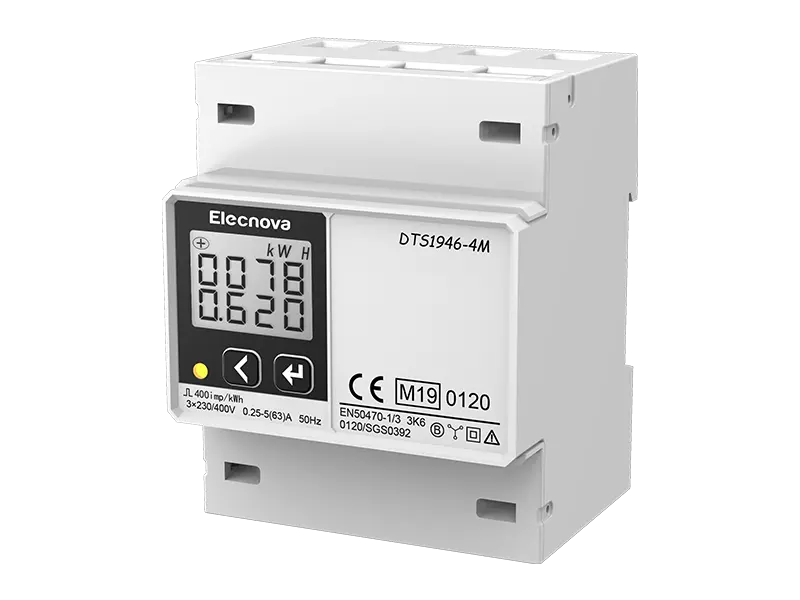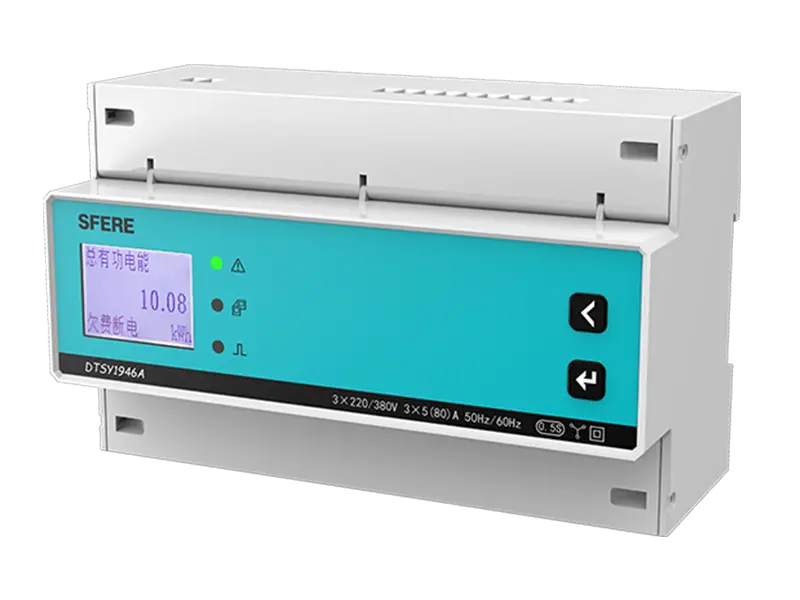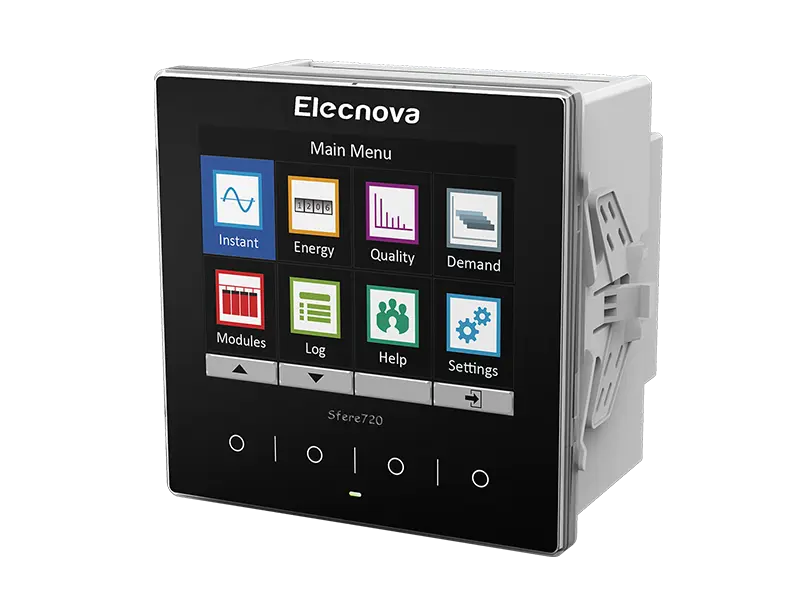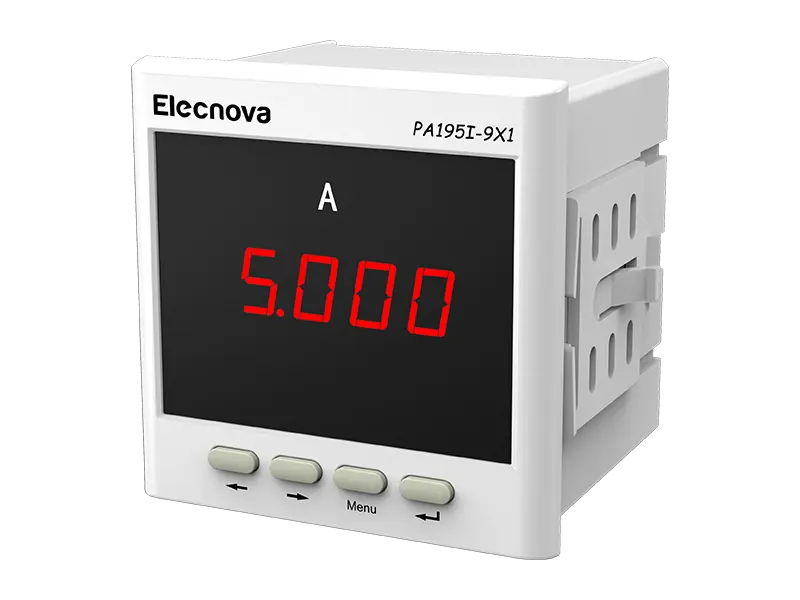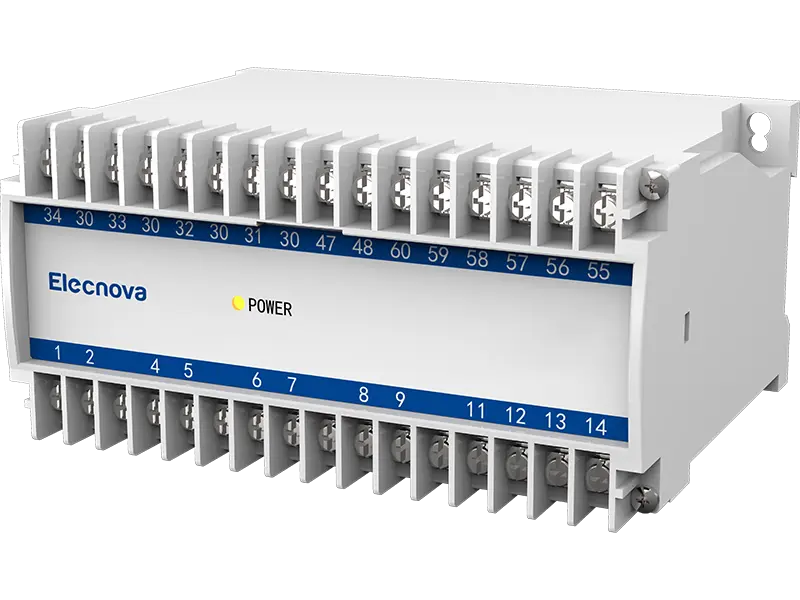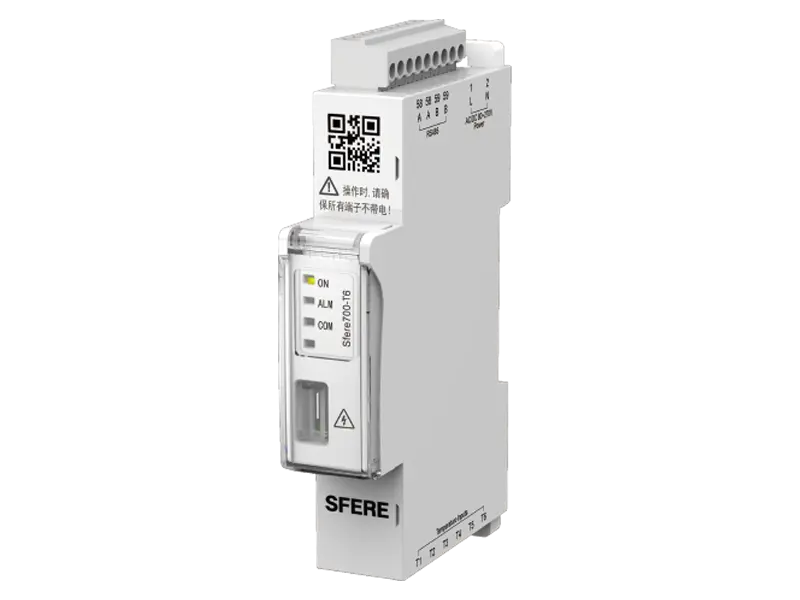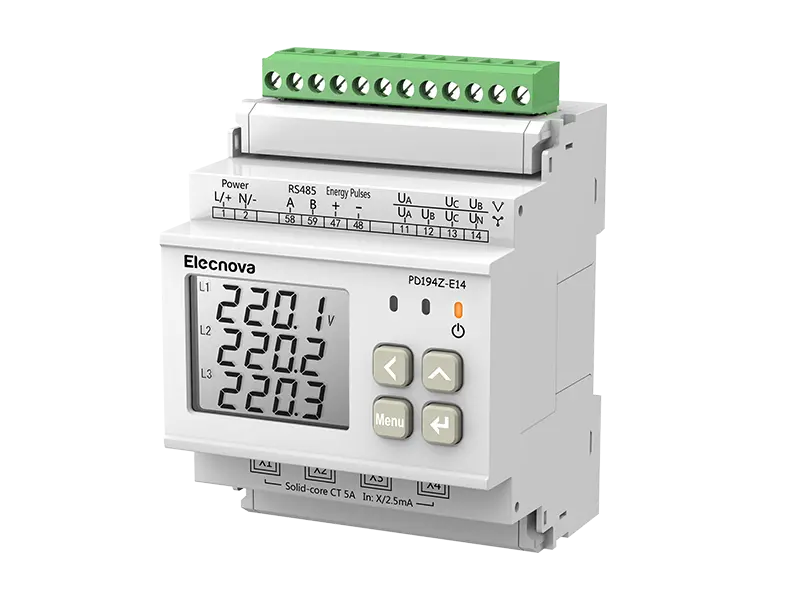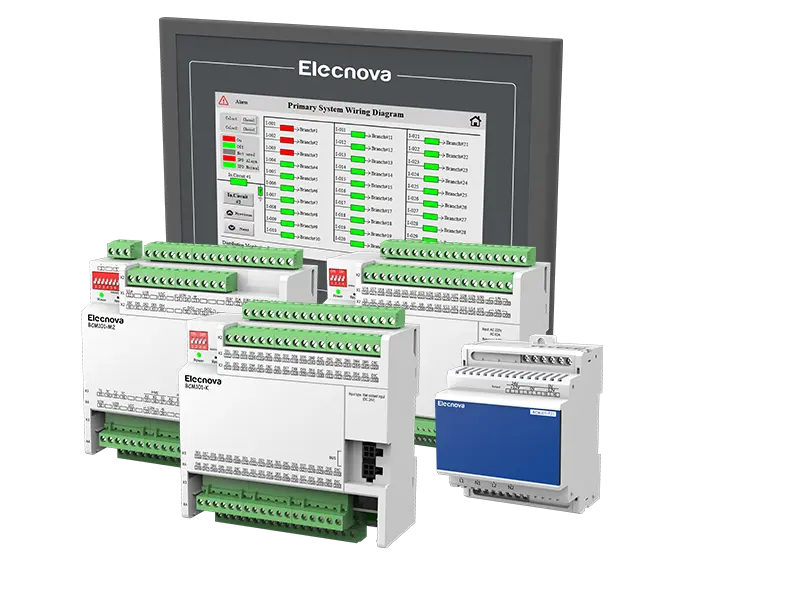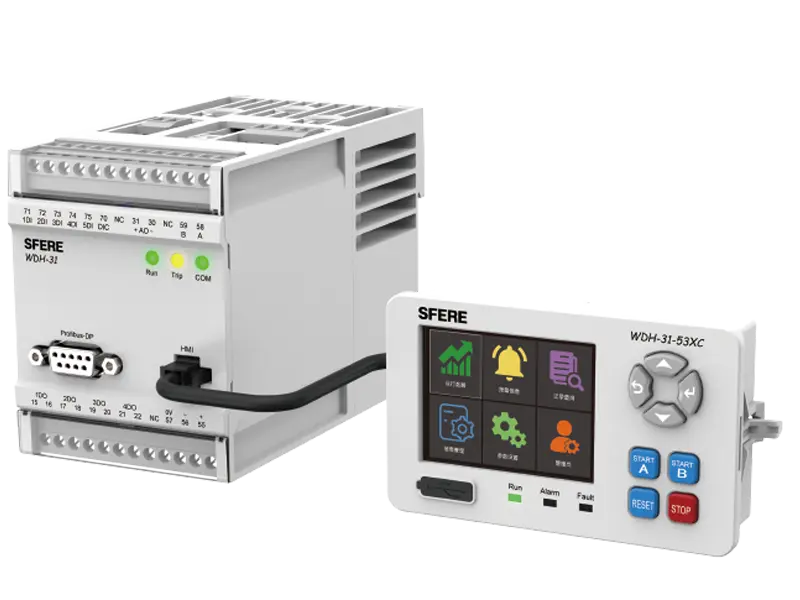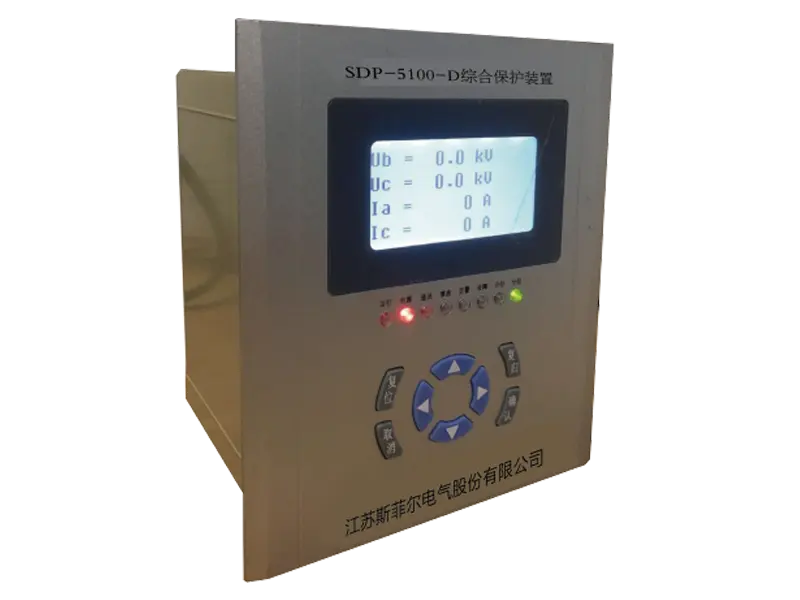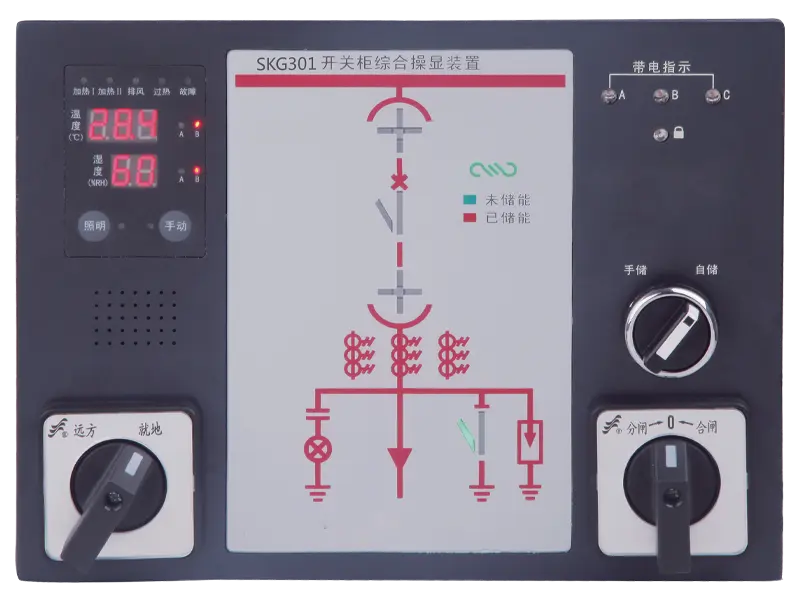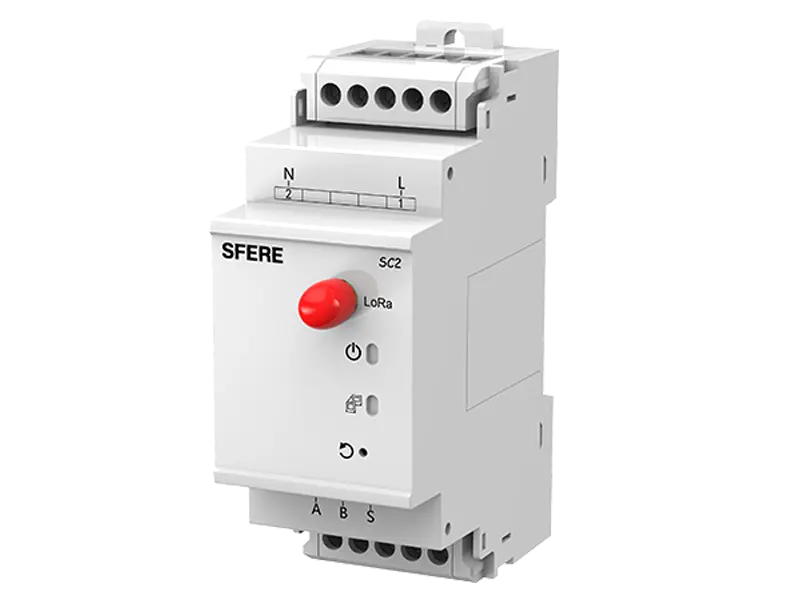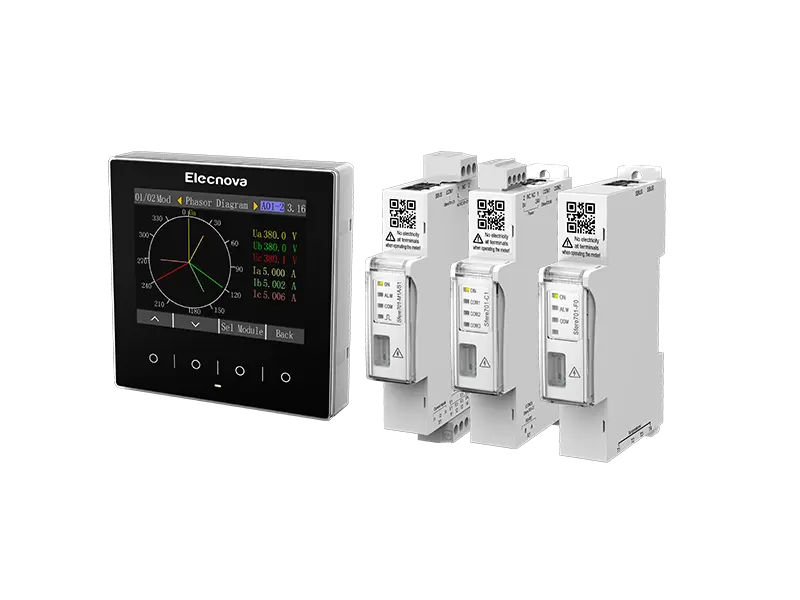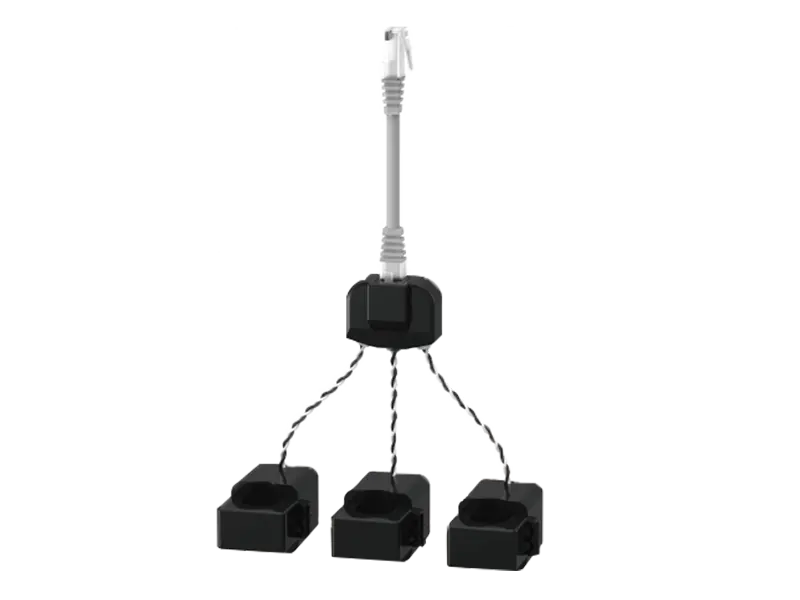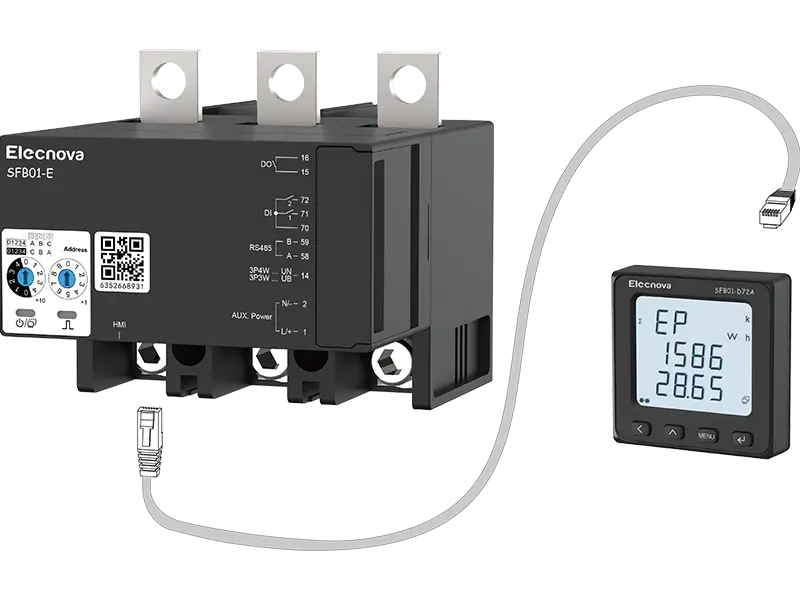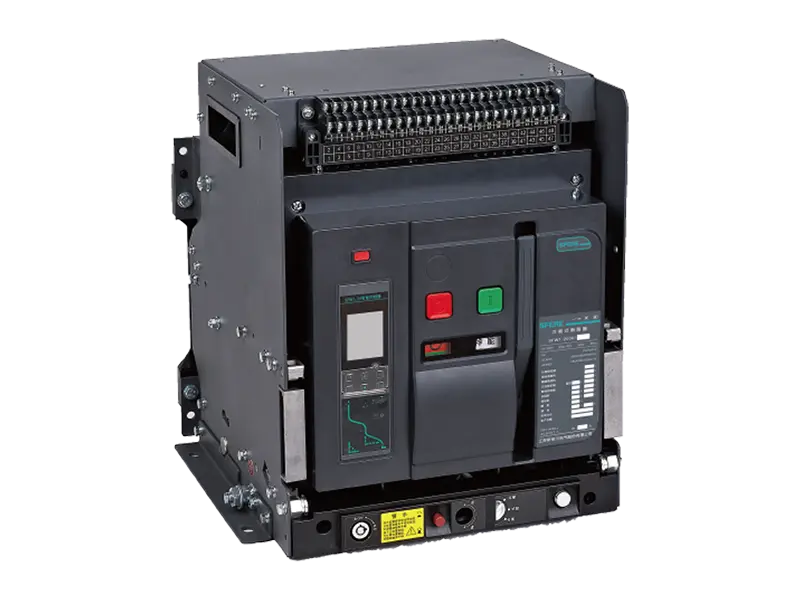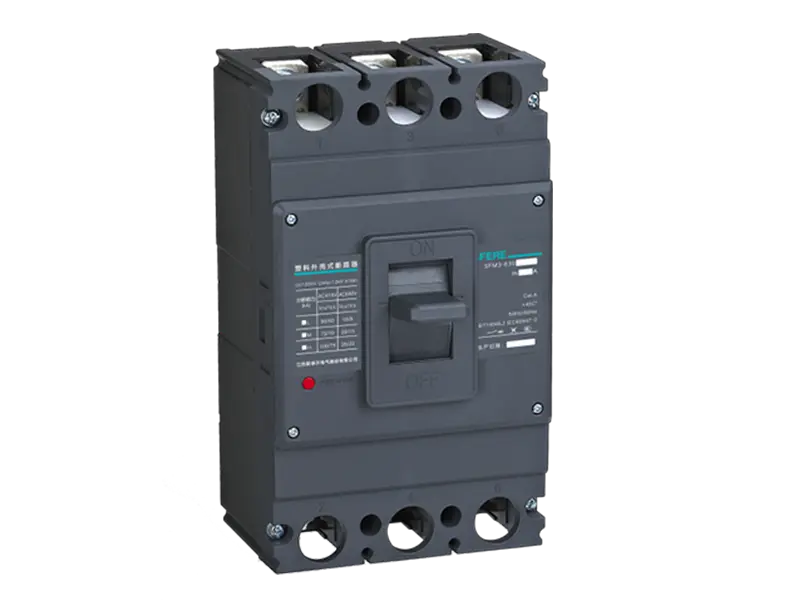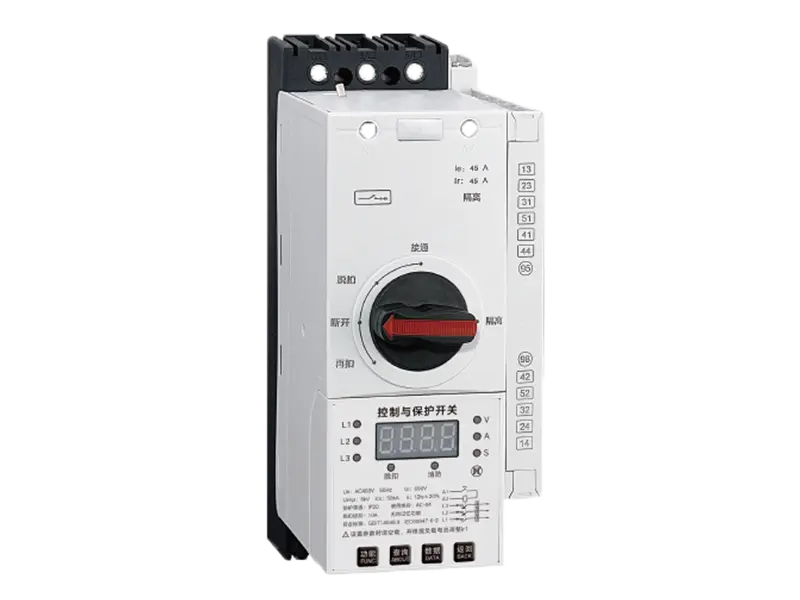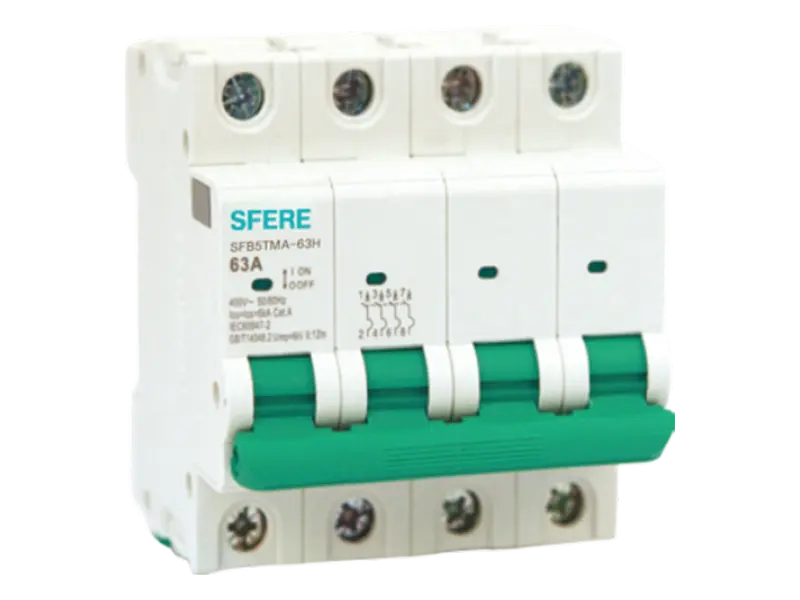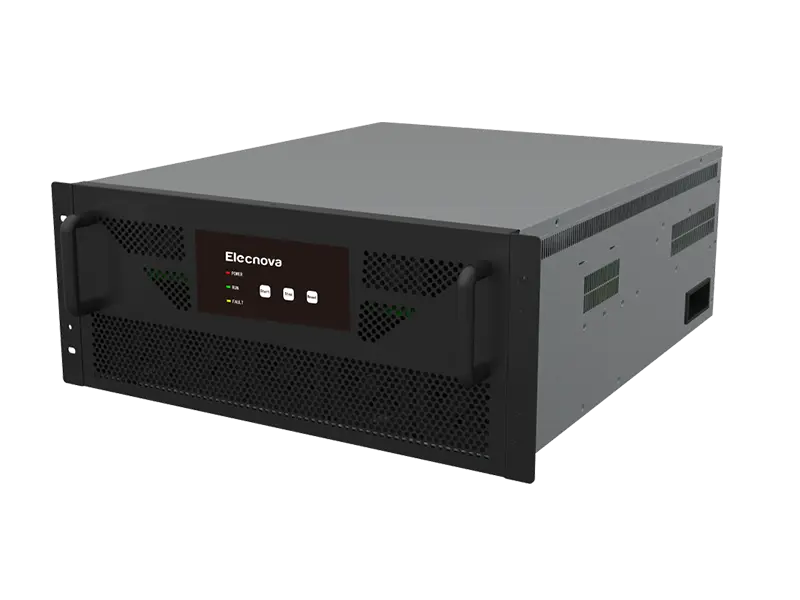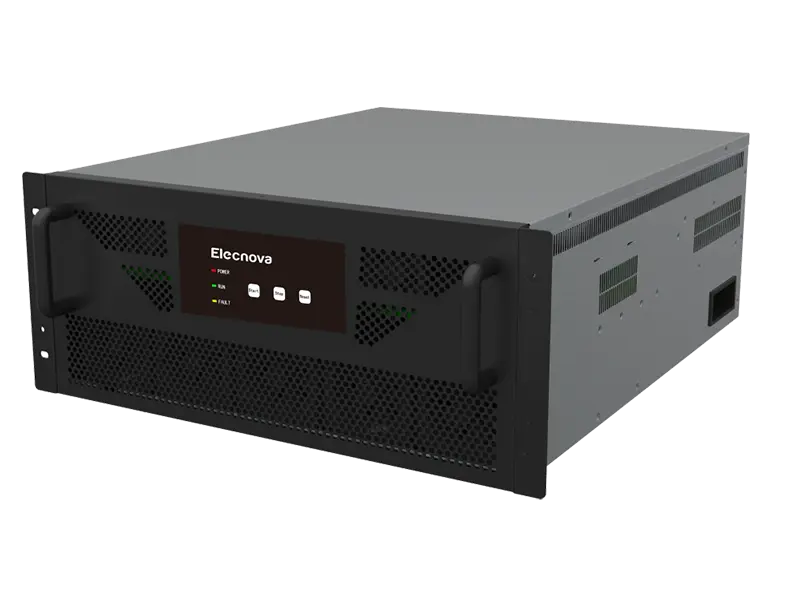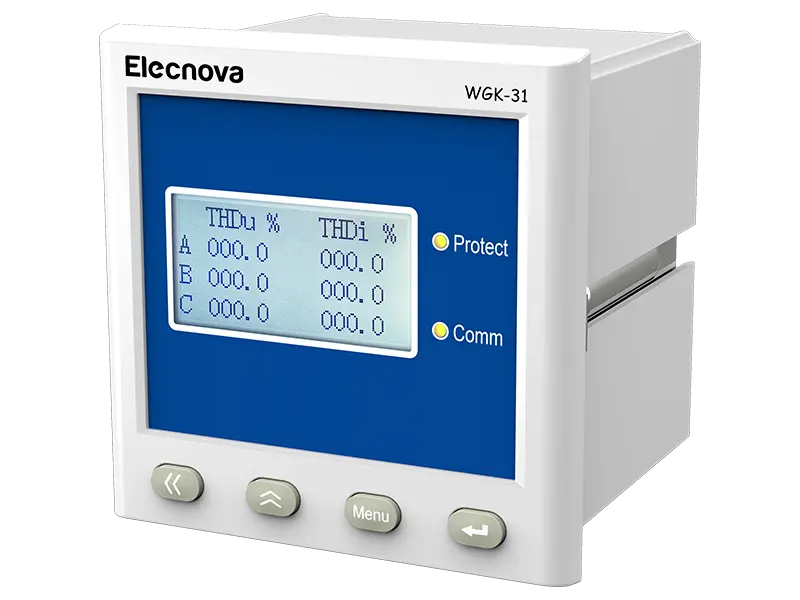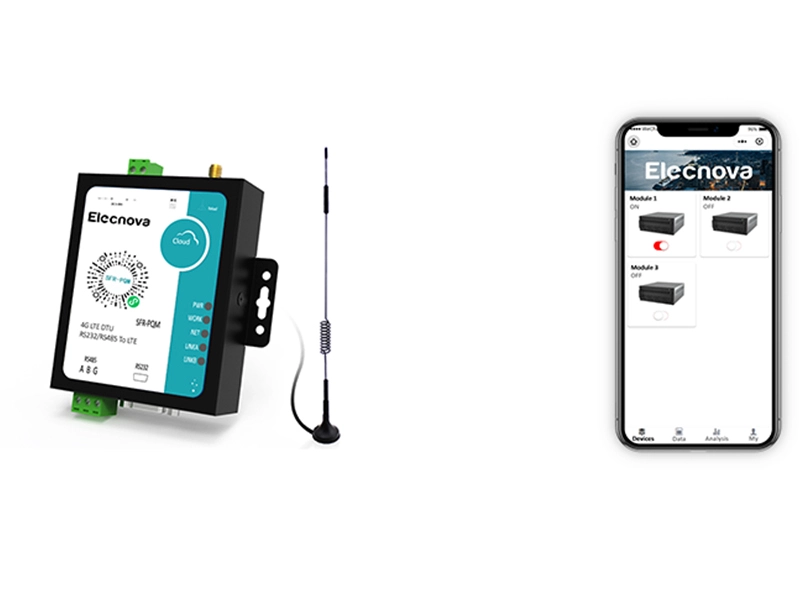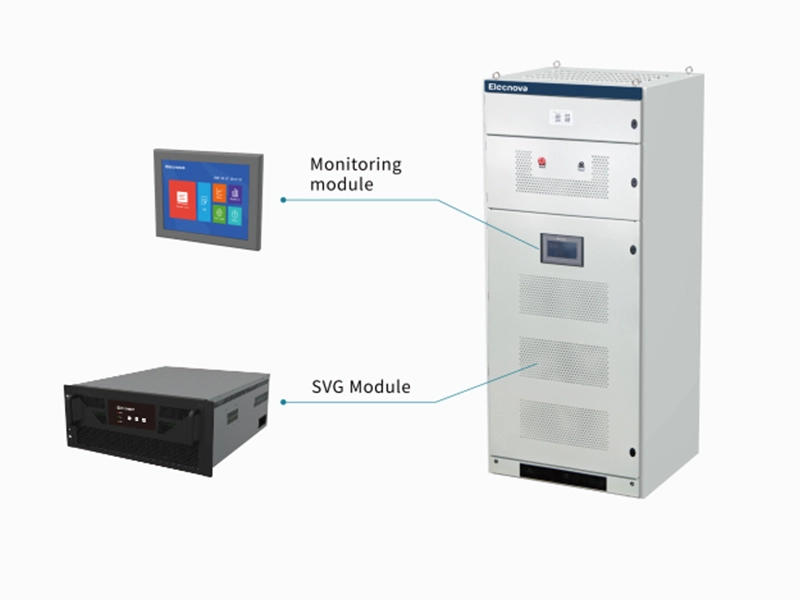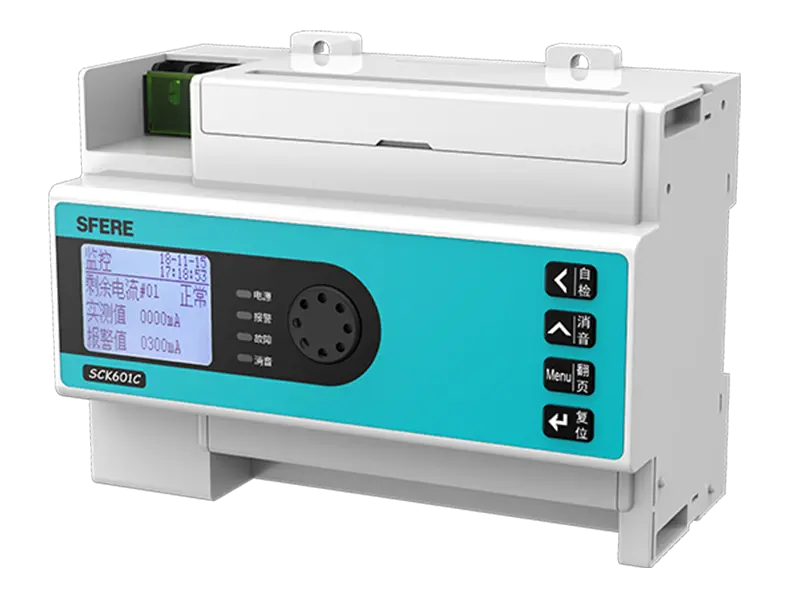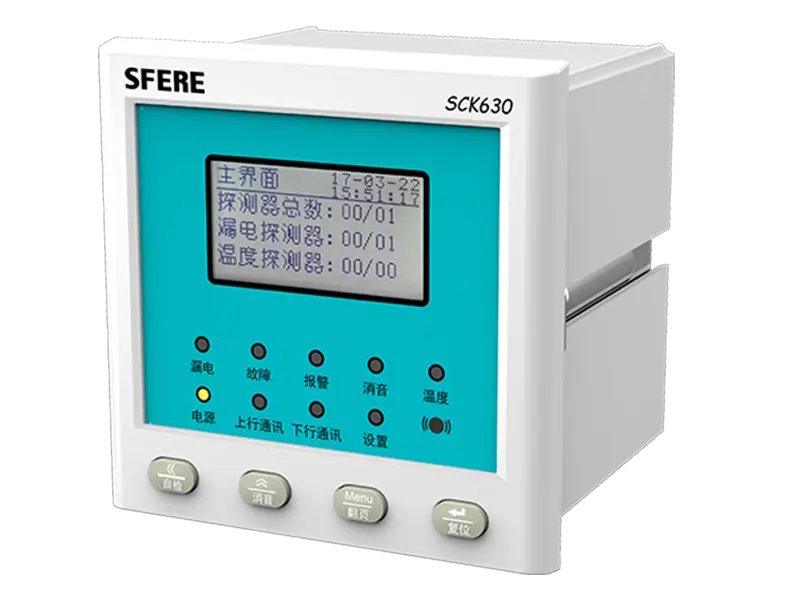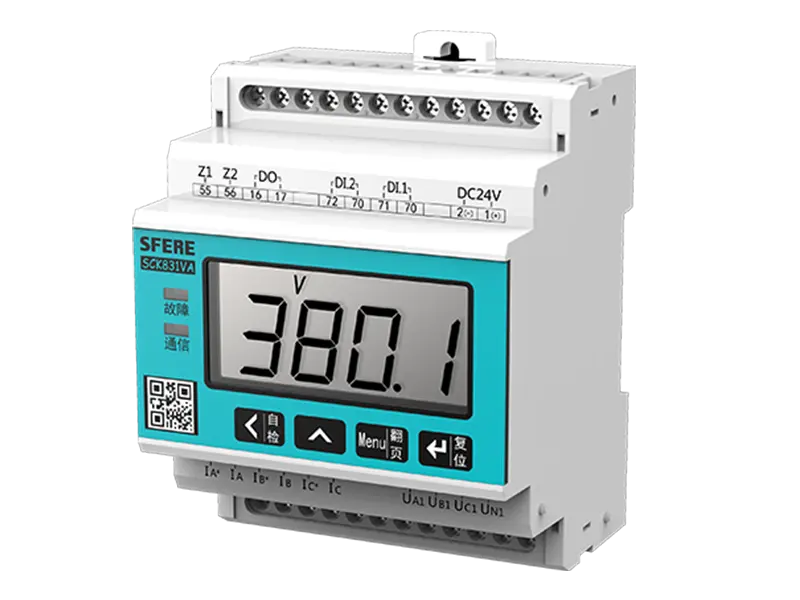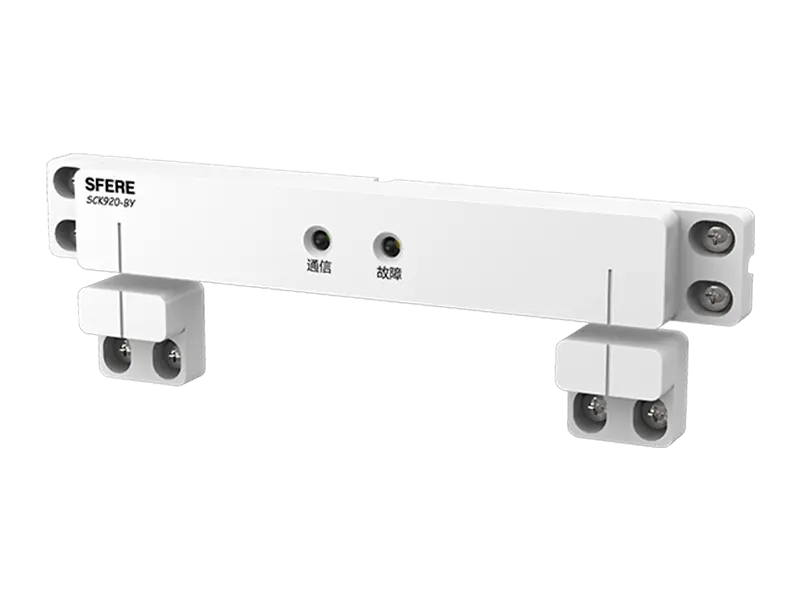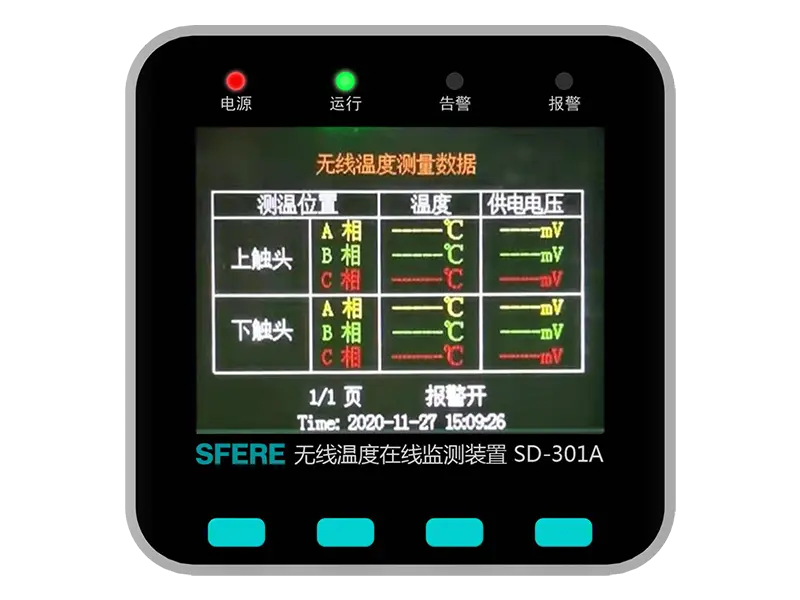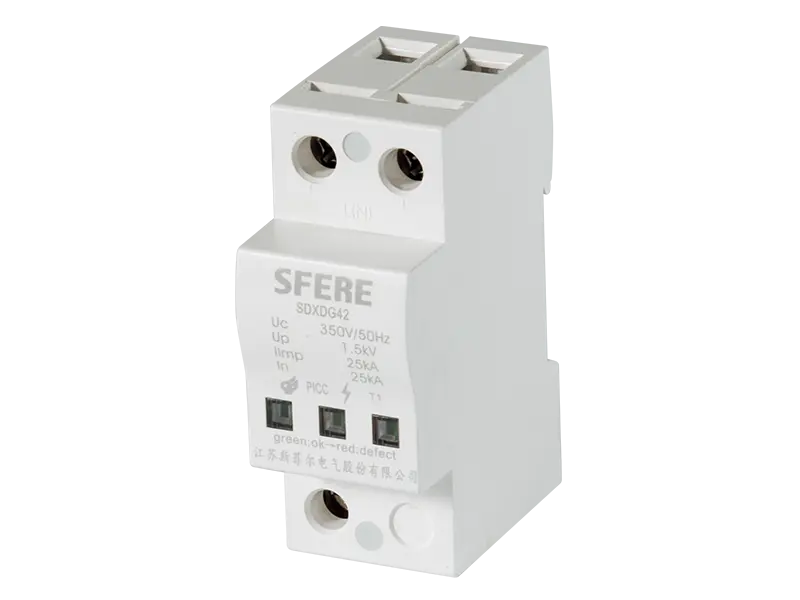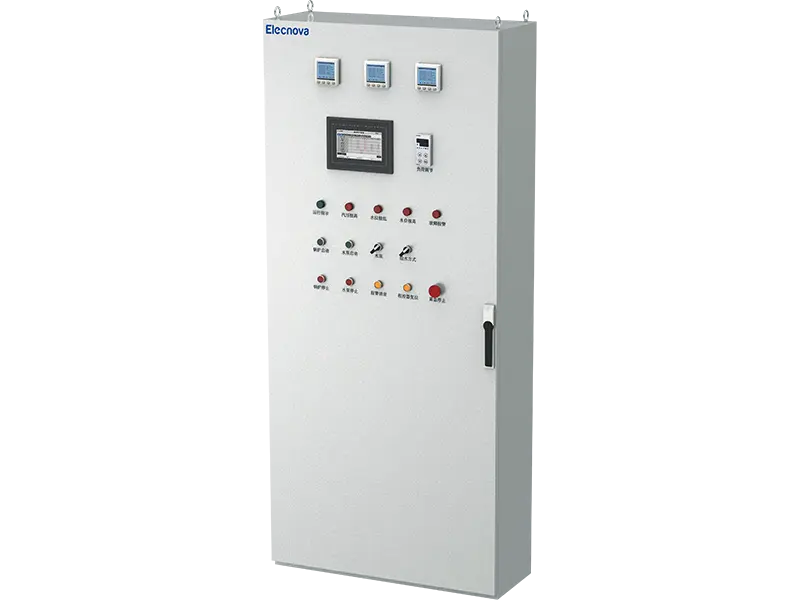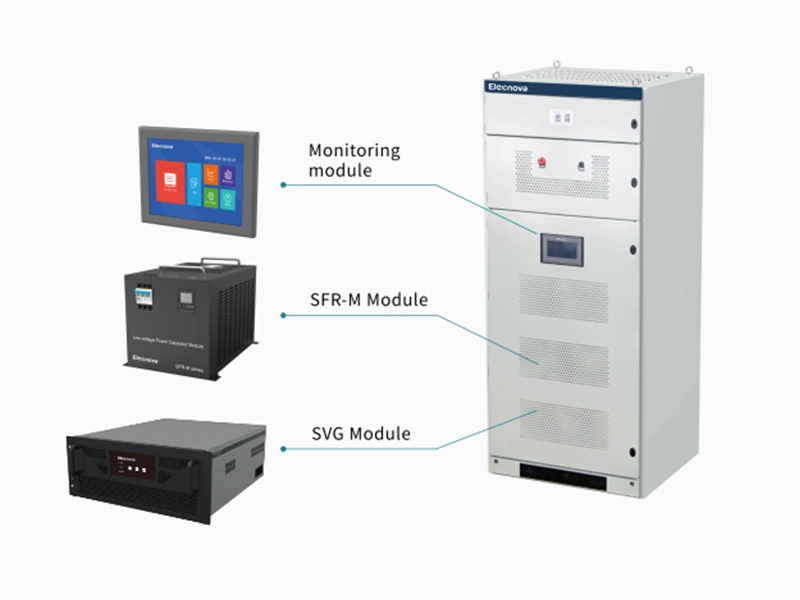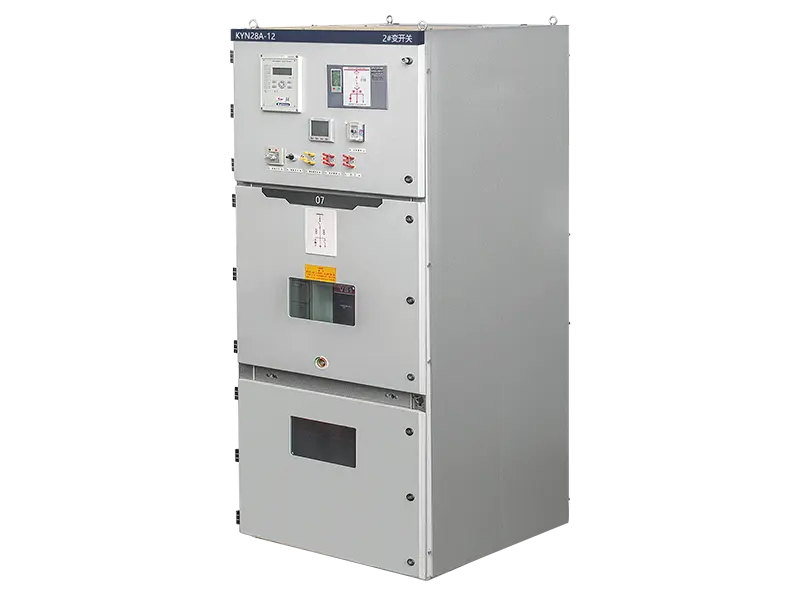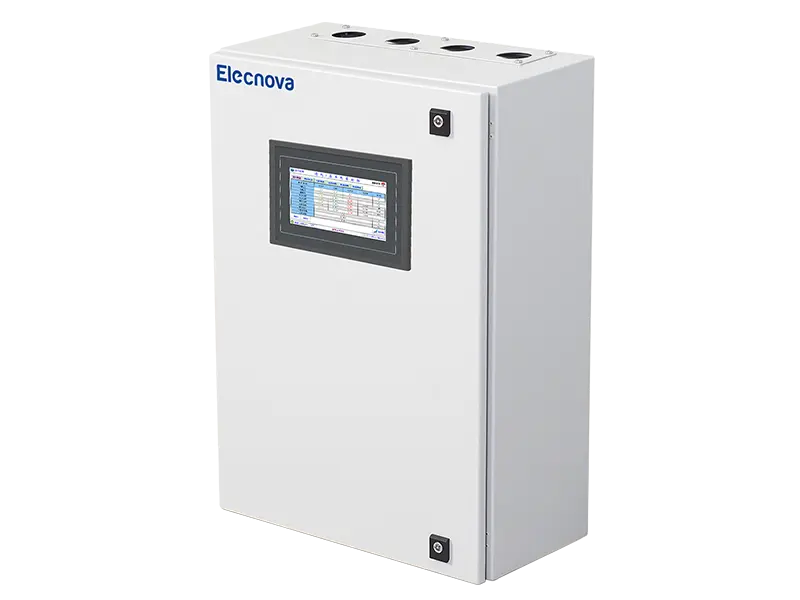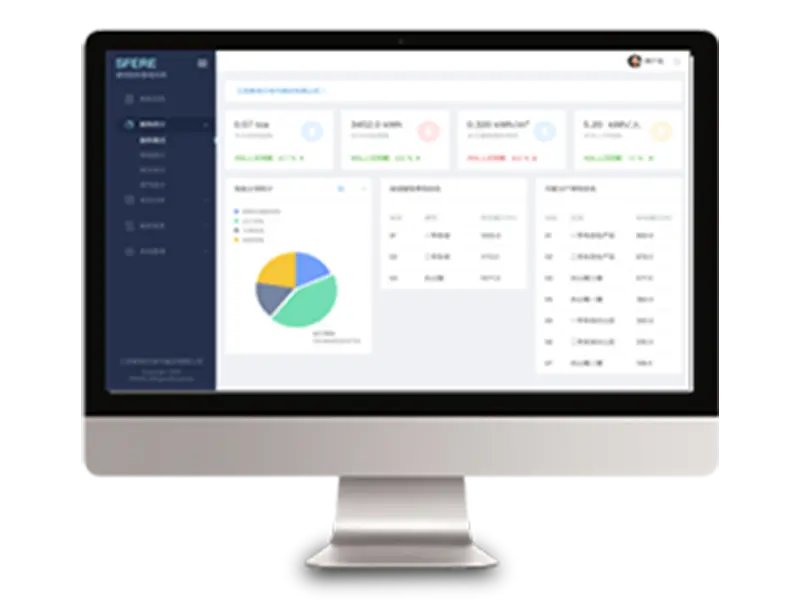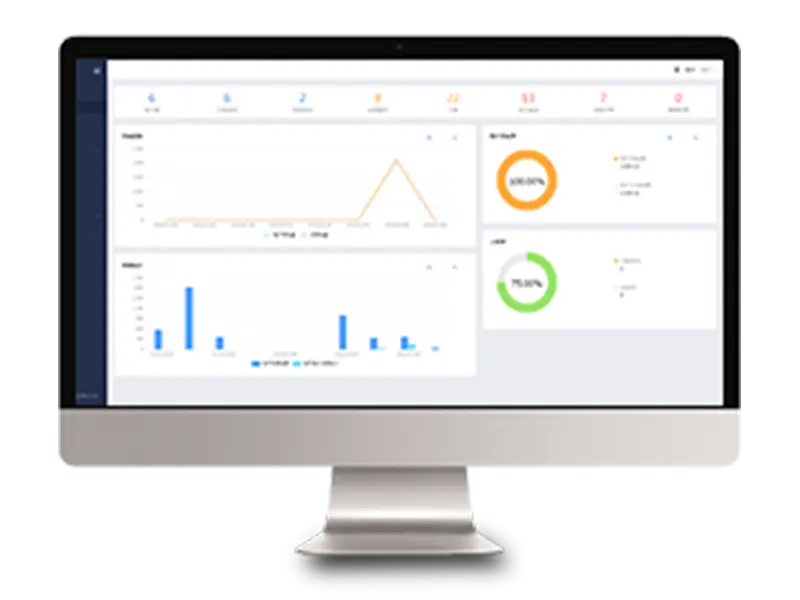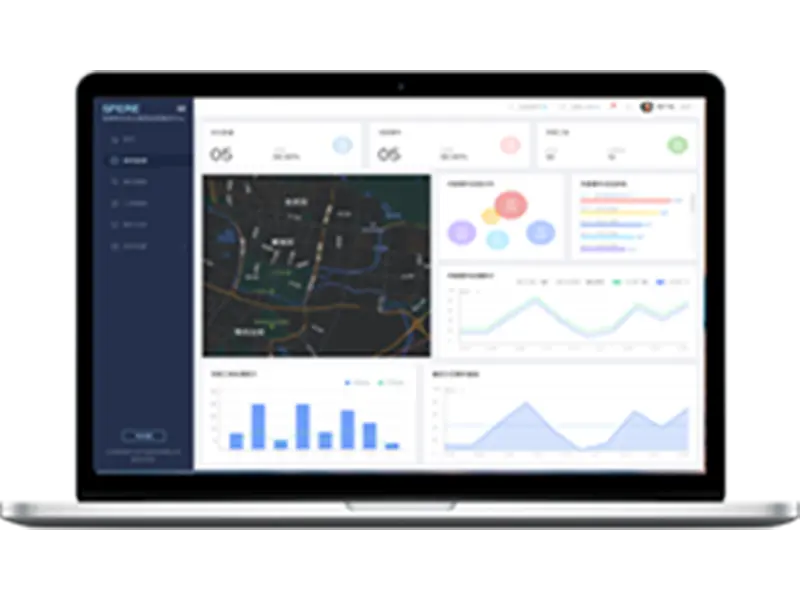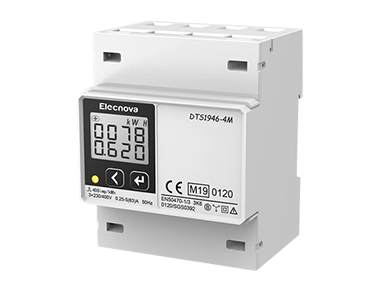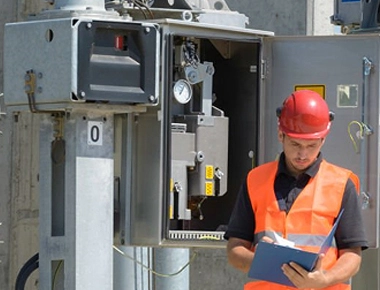Rack-mounted busway monitoring units offer several features to monitor and manage electrical power distribution effectively within data centers or industrial environments. Some key features include:
1. Real-time Monitoring: These units provide real-time monitoring of electrical parameters such as voltage, current, power factor, frequency, and energy consumption. Operators can monitor the status and performance of the electrical system continuously.
2. Remote Monitoring: Rack-mounted busway monitoring units offer remote monitoring capabilities, allowing operators to access and monitor electrical parameters from anywhere with an internet connection. Remote monitoring enhances flexibility and convenience for operators.
3. Alarm and Notification: These units generate alerts and notifications in the event of abnormal conditions, such as overloads, voltage deviations, or faults. Alarms can be configured to notify operators via email, SMS, or SNMP traps, enabling timely response to critical issues.
4. Data Logging and Analysis: Rack-mounted busway monitoring units record and store historical data, event logs, and performance metrics for analysis, troubleshooting, and optimization. Operators can analyze data trends, identify patterns, and make informed decisions to improve system performance.
5. Energy Management: These units offer energy management capabilities, allowing operators to track energy consumption, analyze usage patterns, and implement energy-saving measures. Energy management features help optimize energy usage, reduce costs, and improve sustainability.
6. Integration with Building Management Systems (BMS): Rack-mounted busway monitoring units integrate seamlessly with BMS or energy management systems (EMS), allowing centralized monitoring and control of electrical infrastructure. Integration with BMS enables holistic management of building systems and efficient allocation of resources.
7. User-friendly Interface: These units feature intuitive user interfaces with graphical displays and dashboards for easy navigation and visualization of data. Operators can quickly access relevant information and perform actions such as configuring settings or viewing alarms.
8. Scalability: Rack-mounted busway monitoring units are scalable, allowing for expansion and integration with additional monitoring devices or systems as needed. Scalability ensures flexibility and adaptability to evolving requirements in the electrical infrastructure.
Overall, rack-mounted busway monitoring units offer comprehensive features to monitor, manage, and optimize electrical power distribution effectively, ensuring reliability, efficiency, and performance in critical infrastructure environments.


